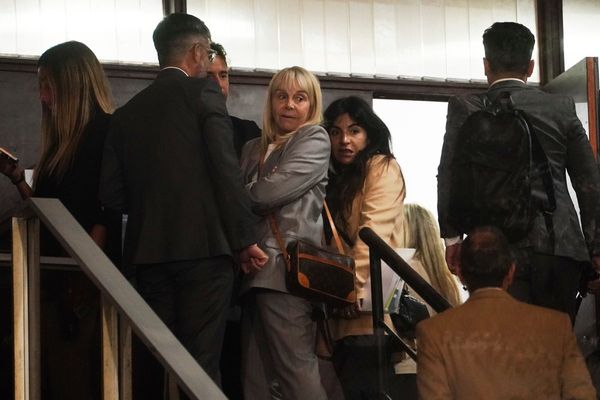
More than 500,000 students and faculty will soon have a leg up over most others when it comes to studying, teaching, and researching thanks to OpenAI.
The company is partnering with the California State University (CSU) system, the nation’s largest four-year public university system, to bring ChatGPT Edu to the 23-campus community. The partnership is the largest deployment of ChatGPT to any single organization or company in the world.
“AI is no longer a luxury in higher education—it is becoming critical infrastructure,” Leah Belsky, VP and general manager of education at OpenAI tells Fortune. “By integrating AI across institutions, CSU is ensuring that every student has access to intelligence that will not just shape the future of education but it will determine the US’s ability to build an AI-ready workforce.”
As part of ChatGPT Edu, members of the CSU community will get special access to ChatGPT-4o and advanced research and analysis capabilities. The partnership allows schools to create customizable AI chatbots for any project, like a campus IT help desk bot, financial aid assistant, chemistry tutor, or orientation buddy.
“In addition to the importance of AI skills for career preparation, when students gain access to ChatGPT, they will be able to use it as a virtual tutor capable of offering personalized explanations, feedback, and resources. This means that learners at every level and with every learning style, can receive targeted support and improve their understanding of course material,” Belsky adds.
CSU also plans to introduce free AI skills training for its students, faculty, and staff as well as connect students with AI-related apprenticeship programs.
Ed Clark, CSU’s chief information officer, says the system’s partnership with OpenAI will give its community members equitable access to tools that will prepare them for California education and workforce needs.
“Although more than 30 of the top 50 AI firms in the world are based in California, more than 50% of the AI workforce in the United States is international,” adds Clark. “This will reshape that balance by powering an advanced, homegrown AI workforce for California.”
OpenAI’s reach across academia
Despite universities initially struggling with whether to embrace or reject AI in the classroom, many students were already well ahead of the schools—using it to respond to admissions prompts, write essays, and study for exams. One study suggests that 1 in 3 students now use ChatGPT monthly to help them write.
In a pivotal moment that signaled higher education’s embrace of AI, Arizona State University (ASU) became the first university to dive head-first into ChatGPT as OpenAI’s first university partner. Since then, the school has greenlighted hundreds of proposals for its use. For example, one professor is developing a custom “Language Buddy” GPT to help students learn German through engaging conversations with AI.
While ASU highlights ChatGPT Edu can have many benefits, including content and syllabus creation, writing assistance, summarization, and translation, it isn’t perfect: generative AI can occasionally be incorrect and lack reasoning and context awareness.
AI also has a particularly high environmental impact. According to research from The Washington Post and the University of California, Riverside, using ChatGPT to write a 100-word email uses the equivalent of over one bottle of water.
Clark says CSU is committed to balancing technological advancements with environmental responsibility.
“While AI technology does have an environmental footprint, CSU is actively exploring strategies to mitigate its impact,” he says. “Additionally, AI has the potential to enhance wildfire prediction, resource management, and disaster response—critical tools in protecting communities from future wildfires. By adopting AI responsibly, CSU aims to contribute to both technological innovation and environmental stewardship.”
The University of Texas–Austin, University of Oxford, Columbia University, and the Wharton School at the University of Pennsylvania are among the other schools with ChatGPT Edu partnerships.
“At Wharton, ChatGPT is used for interactive case study analysis and simulations, helping students develop skills in critical thinking and prompt engineering,” Belsky says. “For example, one professor requires students to draft essays using ChatGPT, evaluating the critical thinking involved in refining prompts, asking questions, and driving to a final project, in addition to creating a final essay.”
Wharton and OpenAI have also created a course specifically for teachers looking to learn how to effectively bring generative AI into the classroom.
More on education:
- Why is Gen Z suddenly flocking to this college course that’s been taught for decades
- Google wants you to get better at interacting with AI
- Here are 7 free AI classes you can take online from top tech firms, universities







